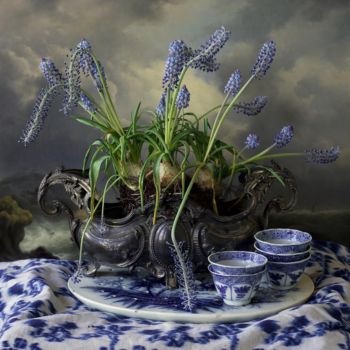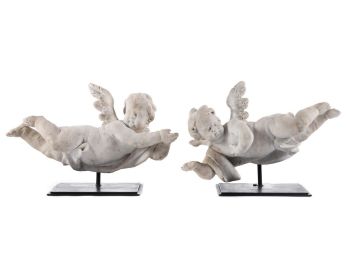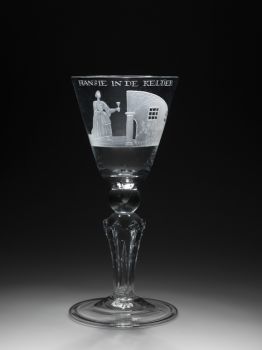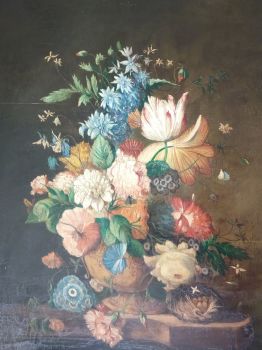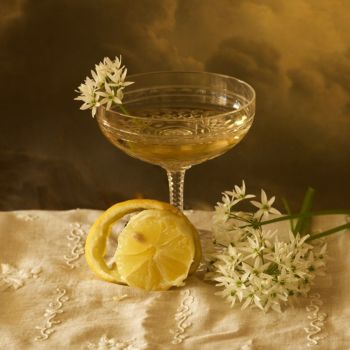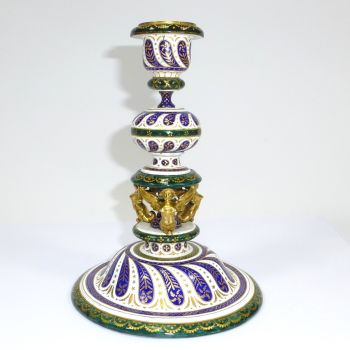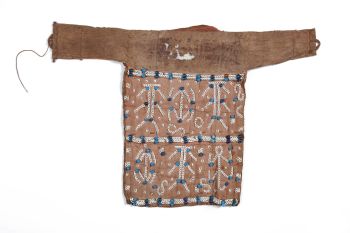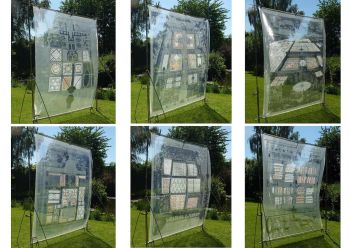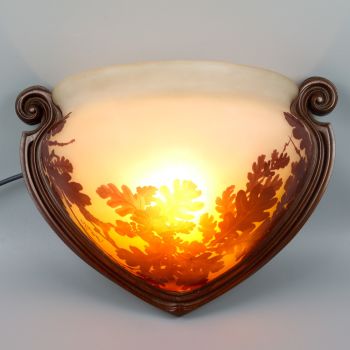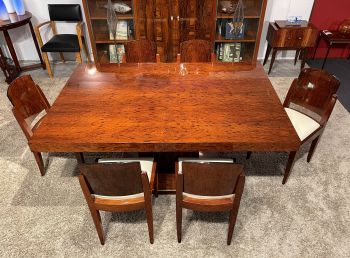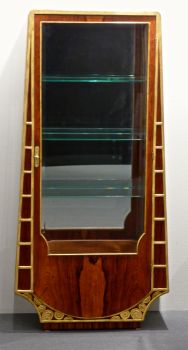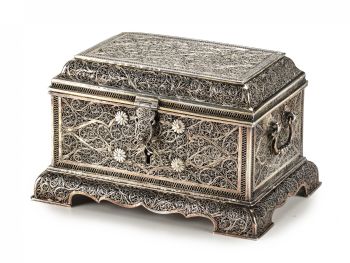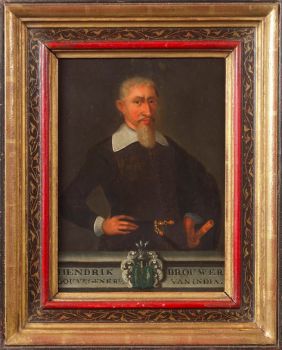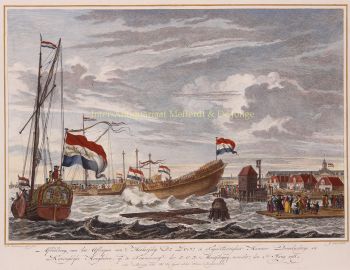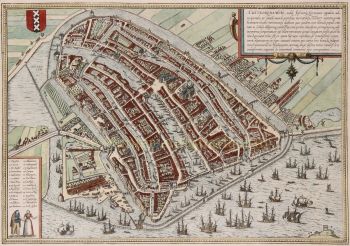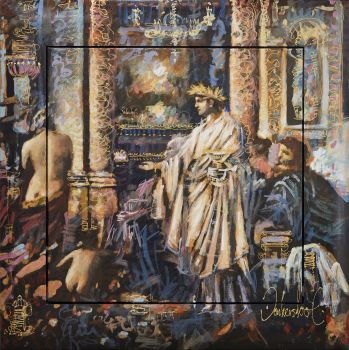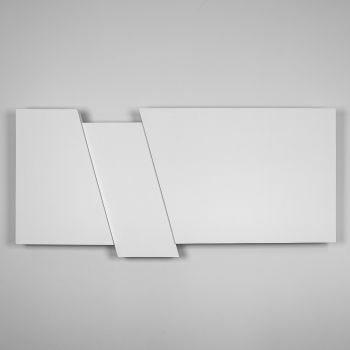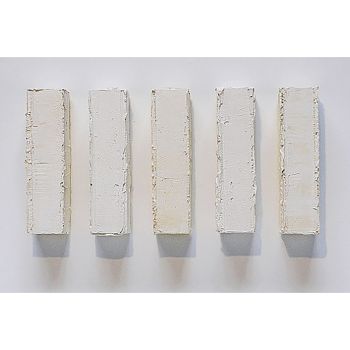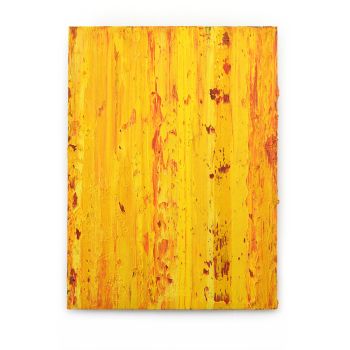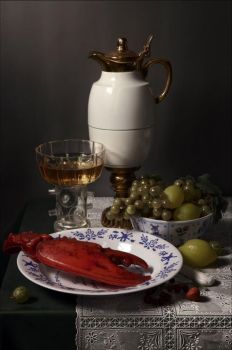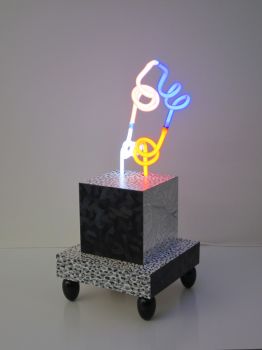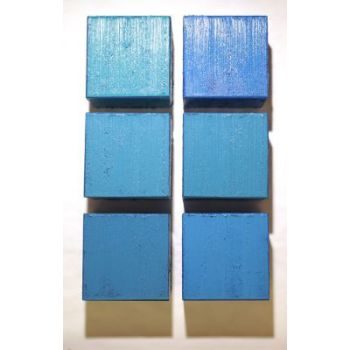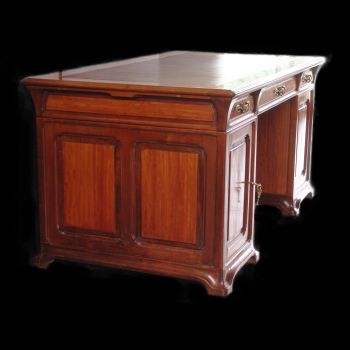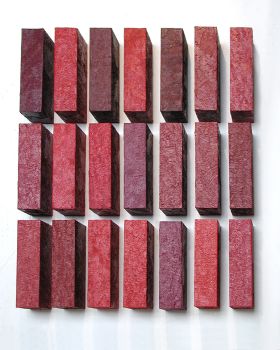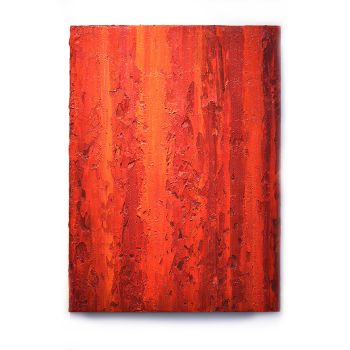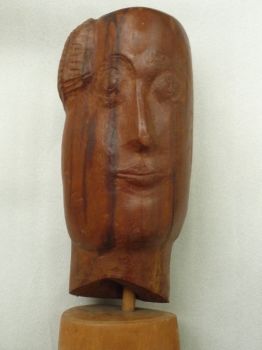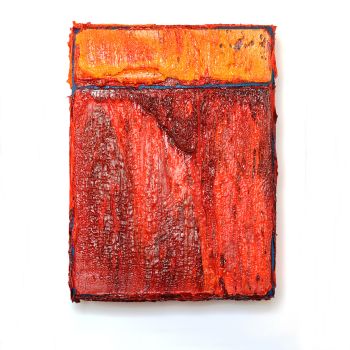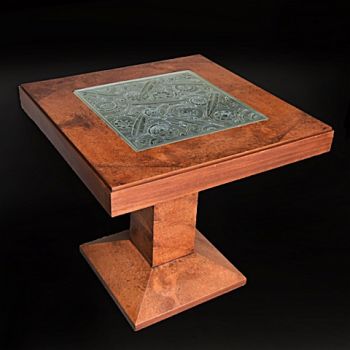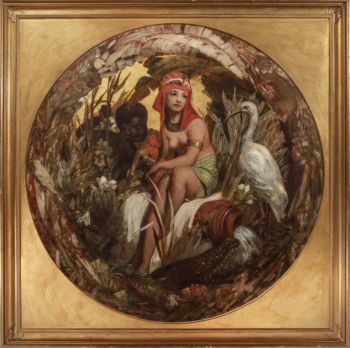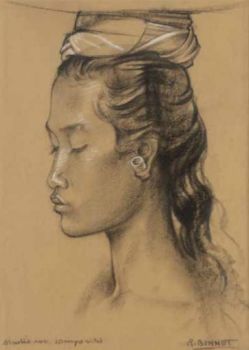THE VAN MEKEREN CABINET 1700
Jan van Mekeren
Bois
206 ⨯ 171 ⨯ 61 cm
Prix sur demande
Zebregs & Röell - Fine Art - Antiques
- Sur l'oeuvre d'art
The highly important Dutch marquetry Van Mekeren cabinet Amsterdam, circa 1700, by Jan van Mekeren (1658-1733) H. 206 x W. 171 x D. 61 cm Jan van Mekeren, born in Tiel 1658, moved to Amsterdam in 1687 where he was recorded as ‘kabinetmaker’ or ‘kistenmaker,’ and where he married Maria Hovinck, 26 years old. Before moving to Amsterdam, Jan van Mekeren had been in London in 1682 where he had asked to be admitted to the Dutch Reformed Church. He apparently wanted to stay for some time in London presumably to learn the art of furniture marquetry. In 1687 he is mentioned as guildsman, member of the St. Josef guild in Amsterdam. Apparently, he was quite successful as a cabinetmaker because in 1693 he bought a house in the expensive Kalverstraat and extended his business into the wood trade as well. Since the head-quarter of the VOC was in Amsterdam the city was the foremost European market for exotic woods in the 17th century. Jan and Maria had six children. Jan intended his first son Fikko, born in 1693, to succeed him as cab-inet maker but unfortunately Fikko died in 1731. After Jan’s death in 1733 the wood trade was con-tinued by his daughter-in-law but there was no one able to continue his cabinet making business. Despite a 1624 regulation stipulating that members of the Amsterdam cabinetmaker’s guild who offered their wares for sale in the guild’s shop, furniture makers in the 17th and 18th century Holland hardly ever marked their work. However, thanks to the inventory after Jan’s death, there is a good list of his workpieces with thorough descriptions, prices, and the names of his clientele. The estate included many finished and unfinished pieces of furniture, a large collection of cabinet woods, and, most interesting, a long list of claims with names of the debtors and the amounts due. Most debtors were well known Amsterdam patricians, only a few were from outside Amsterdam, including Jens Wijbergen from Copenhagen, who still owed Jan van Mekeren fl. 33,13. Because of a very close resemblance, this cabinet possibly is the pendant of the Van Mekeren cabinet now in the Victoria & Albert Museum (W.5:1 to 14-1986). There are minor differences in the flower decorations on the doors and sides of the cabinet, but a pair of Van Mekeren cabinets in castle Amerongen, ordered as a pair, look less like each other than the present cabinet and its possible pendant in the V&A. During the second half of the 17th-century flower paintings became popular and among the most famous flower painters were two women: Maria van Oosterwijk (1630-1693) and Rachel Ruysch (1664-1750). Jan van Mekeren’s flower bouquets issuing from urns on a plinth bear close resemblance to the bouquets painted by these two women artists. Only six other van Mekeren cabinets are known: one in the Rijksmuseum Amsterdam (inv. R.B.K. 1964-12), one in the The Metropolitan Museum New York (1995, 371a, b), one in the Victoria and Albert Museum, one in Charlecote Park, Warwickshire, and a pair in Amerongen Castle, the Netherlands.
Êtes-vous intéressé par l'achat de cette oeuvre?
Artwork details
Related artworks
Artiste Inconnu
A pair of angels Antwerp, 17th century, Carrara marble17th century
Prix sur demandeFrederik Muller
Artiste Inconnu
Verre à boire Cristallo façon de Venise1600 - 1650
Prix sur demandePeter Korf de Gidts - Antiquairs
Artiste Inconnu
A gem-set ivory sculpture of an Ottoman sultan1700 - 1750
Prix sur demandeZebregs & Röell - Fine Art - Antiques
Johannes van Dreght
Antique Dutch still life flowers in vase1740 - 1800
Prix sur demandeGallerease Selected
1 - 4 / 24- 1 - 4 / 24
Artiste Inconnu
A silver spoon commemorating Juff’ Margareta van Hoorn1656 - 1694
Prix sur demandeZebregs & Röell - Fine Art - Antiques
Artiste Inconnu
UN MODÈLE JAPONAIS D'UN NORIMONO, UN PALANQUIN1650 - 1700
Prix sur demandeZebregs & Röell - Fine Art - Antiques
Artiste Inconnu
UNE COLLECTION DE QUATRE BOÎTES À BIBLE EN IVOIRE SRI LANKAN18th century
Prix sur demandeZebregs & Röell - Fine Art - Antiques
Artiste Inconnu
Japanese transition-style lacquer coffer 1640 - 1650
Prix sur demandeZebregs & Röell - Fine Art - Antiques
1 - 4 / 24- 1 - 4 / 24
Wolfgang Hugo Rheinhold
“Eritis sicut Deus”1900 - 1950
Prix sur demandeZebregs & Röell - Fine Art - Antiques
Artiste Inconnu
UN PLAT EN ARGENT LOBBED INDONÉSIEN INSOLITElate 17th
Prix sur demandeZebregs & Röell - Fine Art - Antiques
Artiste Inconnu
UN RARE GRAND TÉLESCOPE EN CUIR LAQUÉ JAPONAIS1750 - 1800
Prix sur demandeZebregs & Röell - Fine Art - Antiques
Artiste Inconnu
A Dutch colonial Indonesian betel box with gold mounts1750 - 1800
Prix sur demandeZebregs & Röell - Fine Art - Antiques
1 - 4 / 12














